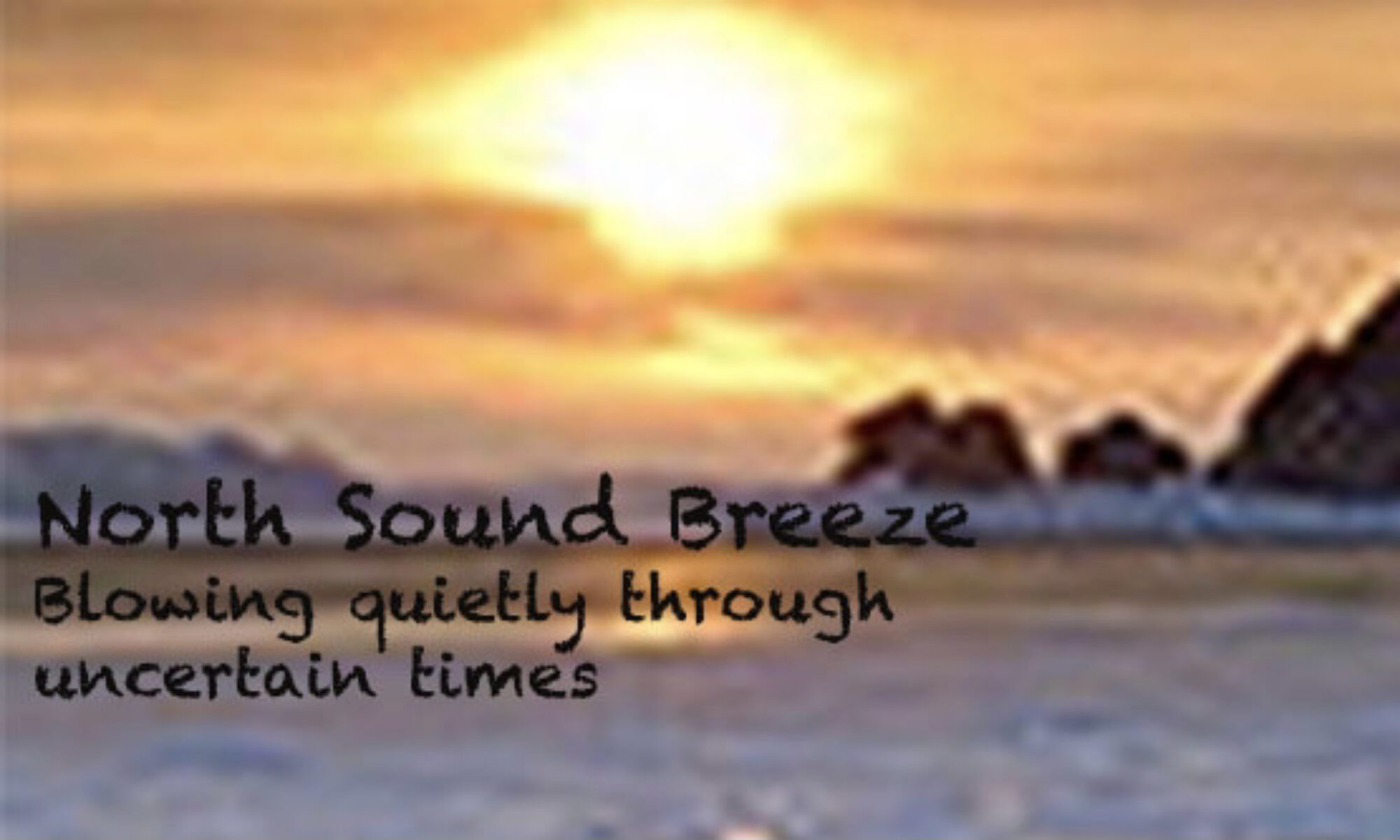It’s funny… the weakest link in our four-stop trip turned out to be a beautiful experience, on several levels.
I wanted to see Lake Como. B has been here before, and wasn’t particularly impressed with it. But she was willing to indulge me and with considerable effort on her part, we found ourselves in Como for a 3-day stay on a weekend. We knew it would be at least beautiful. Sitting in the southern edge of the Italian Alps, how could it not be? We’ve seen much of the Alps… the Swiss Alps, the Austrian, the French, the German… so our question was, would it be enchanting? Would it be magical? Would we feel the way we felt, let’s say, in Venice?
Como, Italy
We spent the weekend walking and riding the ferry. It IS beautiful here,
typically Italian, with at least one huge Duomo and several large squares,
with outdoor cafes all around. Once again there were too many people
for me, but we were here over a weekend, and one has to expect crowds
at any popular destination these days.
The high point for us was a Saturday cruise up Lake Como on a ferry.
We were amazed at how many small towns there are along the lake’s edge.
They all look pretty much the same, and in fact they look a lot like the
villages along the Amalfi coast, except for the steep cliffs. A ferry guide
pointed out the village where George Clooney’s villa is. It’s about 1/2 way
up the west arm, right on the water, with high, steep mountain peaks
surrounding it… a beautiful setting. I took a few pictures of it, but it
doesn’t stand out from the others around it.
(As a side note, I spotted George out on his balcony. I waved, and he
saw me and waved back. I motioned that we might come over and visit
with him… he motioned back no, he was already busy with guests. So
we waved, and he flashed us that famous smile, and we sailed on up
the lake, happy to have seen him for a moment.)
We cruised up to the little town of Bellagio, which sits right on the point of land which separates the two long channels of the lake.
We had a great lunch at lakeside, walked around Bellagio a bit, then hopped back on the ferry for the two-hour ride back down to Como.
Were we blown away by Lake Como? No. Impressed? Yes! The scenery
along the lake can be stunning at times, as you can see.
And this from a person who has lived in Montana. I know beautiful scenery, and Lago
Di Como has it! The city of Como appears to be just another semi-large
Italian city, with all the same stuff. One difference we enjoyed… quite a
few high-end clothing shops with the latest designs from Milan, which is
just “down the road apiece.” We saw some wild designs in the shop
windows, and it’s evident that bling is the thing.
We stayed in a great hotel, had good food and enjoyed our three days here.
But it wasn’t Vienna, and it wasn’t Rovinj… and it wasn’t our favorite
stop on our journey this time. Very glad we visited, though.
Steve Hulse



















